If a fault occurs in the underground cable, it is essential that the type of the fault and location of the fault should be determined as quickly and accurately as possible. Accuracy is important in order to avoid excessive trenching work. The type of fault which is most likely to occur is single conductor to ground fault. In multi-core cables, the fault current will likely give rise to excessive heating at the fault causing further damage to the insulation and extending the fault to remaining conductors. Open circuit faults may occur occasionally which be usually at cable joints. 
Cable fault type identification:
Prior to the location of the fault on the power system it is important to determine the type of fault so as to make a better choice of the method to be used for fault location
- Isolate the faulty cable and test each core of the cable for earth fault. One terminal of the insulation tester is earthed and each conductor of the cable is in turn touched with other terminals. If the insulation resistance tester indicates zero resistance during any measurement, conductor to earth fault for the particular conductor is confirmed
- Then check the insulation resistance between the conductors. In the case it is a short circuit fault, the insulation resistance tester will indicate zero resistance
- After the above step, short and earth the three conductors of the cable at one end. Check the resistance between the conductors and earth and between individual conductors (at the other end). This procedure is carried out to check the open circuit faults
- In case in order to test any other faults. the insulation test of the individual cores with sheath or armour and between the cores is essential. The test should also be done by reversing the polarity of the insulation resistance tester. In the case of any difference in the readings, the presence of moisture in the cable insulation is confirmed. The moisture in the cable forms a voltage cell between the lead sheath and conductor because of the difference in the conductivity of these metals and the impregnating compound forms an organic acid when water enters
Cable fault location Identification:
After the fault type identification, suitable fault location method should be employed to pinpoint the location of the fault. Some of the fault identification methods generally employed are:
- Murray loop test method
- Fall of potential test
- dc charge and discharge method
- Induction test
- Impulse wave echo test
- Time domain reflectometry test
Also Read: Creepage Distance for insulators in substation


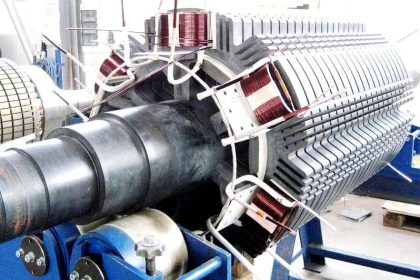

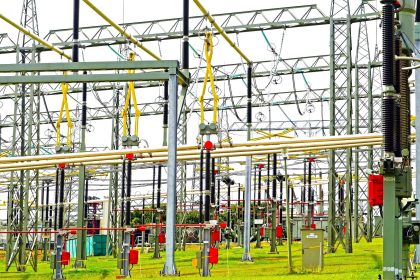

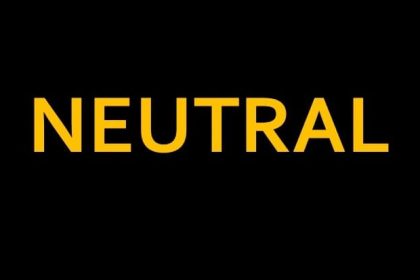
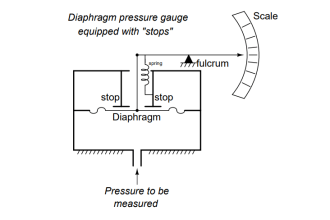
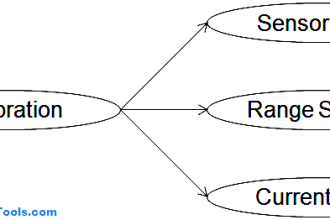

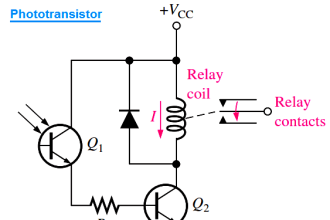
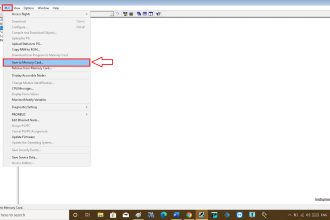
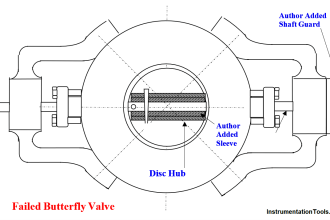
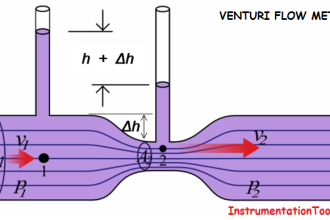


Good information.